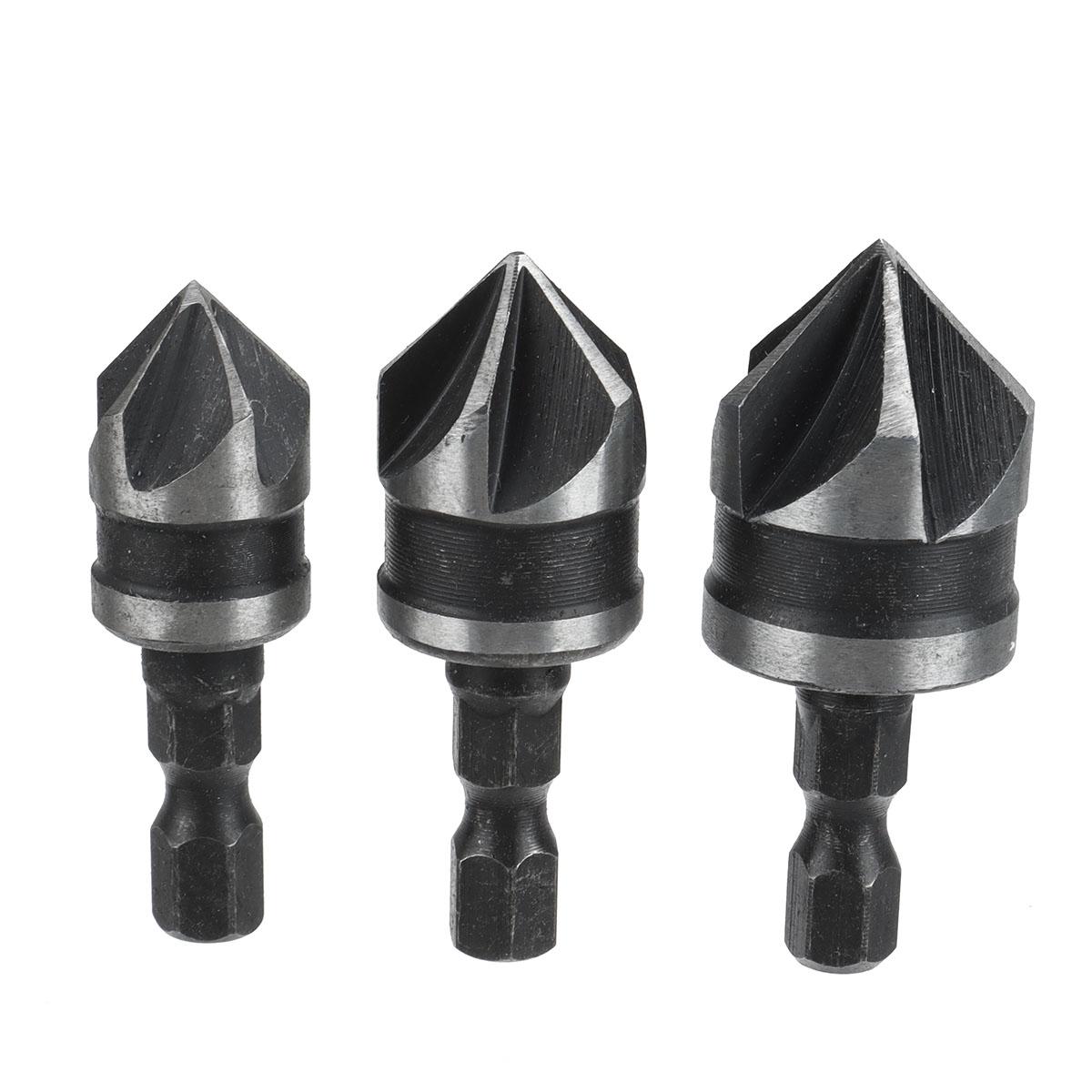Exploring Woodworking Artistry: A Comprehensive Guide to Cutting Tools and Drill Bits
Introduction
Woodworking, as a traditional craft, not only requires dexterous manual skills but also a profound understanding of various hand tools. In this article, we will focus on two essential woodworking tools—cutting tools and drill bits—exploring their functions, selection criteria, usage techniques, and maintenance methods.
I. Cutting Tools: The Art of Precision
Cutting tools are indispensable in woodworking, whether for intricate carving or large-scale planning. The right cutting tool can significantly enhance work efficiency and ensure the quality of the piece.
-
Types:
Carving Knives: Used for detailed carving and decorative cuts.
Chisels: Primarily used for flattening wood surfaces or trimming edges.
Saws (included here for relevance): For dividing materials, available in both hand saws and power saws.
-
Selection Criteria:
Blade Material: High-quality steel ensures durability and sharpness.
Handle Design: Ergonomically designed handles reduce fatigue during prolonged use.
Precision: For high-precision tasks, the blade must be exceptionally sharp and stable.
-
Usage Techniques:
Ensure the cutting tool is adequately sharpened before use.
Maintain steady pressure while using; avoid excessive force that could damage the tool or cause loss of control.
Practice different grips with carving knives to adapt to various types of cuts.
-
Maintenance:
Regularly clean the tools to prevent rust.
Apply rust preventive oil after use and store it properly.
Learn how to sharpen your own tools or have them professionally sharpened regularly.
II. Drill Bits: The Secret Weapon for Accurate Drilling
Drill bits play a crucial role in woodworking, from screw installation to making mortise and tenon joints. Precise drilling is key to success.
-
Types:
Twist Bits (Spade Bits): The most commonly used bits, suitable for most woods.
Forstner Bits: Used for enlarging existing holes, often for installing hinges or other fittings.
Step Bits: Ideal for drilling holes of varying diameters when exact sizes are uncertain.
-
Selection Criteria:
Choose bit length and diameter based on specific needs.
Material-wise, high-speed steel (HSS) bits handle harder woods better, while carbon steel bits suit softer woods.
-
Usage Techniques:
Mark the intended drilling point before starting and use a center punch to create a starting point.
Keep the drill perpendicular to the wood surface to ensure straight holes.
Control the appropriate speed; too fast can burn the wood, while too slow reduces efficiency.
-
Maintenance:
Inspect bits for damage after each use; replace if worn out.
Clean wood chips and resin from the bits to maintain performance.
If bits become dull, have them professionally re-sharpened.
Conclusion
Mastering the proper use and maintenance of cutting tools and drill bits is foundational to improving woodworking skills and ensuring safe operation. Through continuous practice and learning, every woodworking enthusiast can find unique ways to express themselves in their creations. We hope this guide helps you better understand these critical tools and embarks on your woodworking journey.

